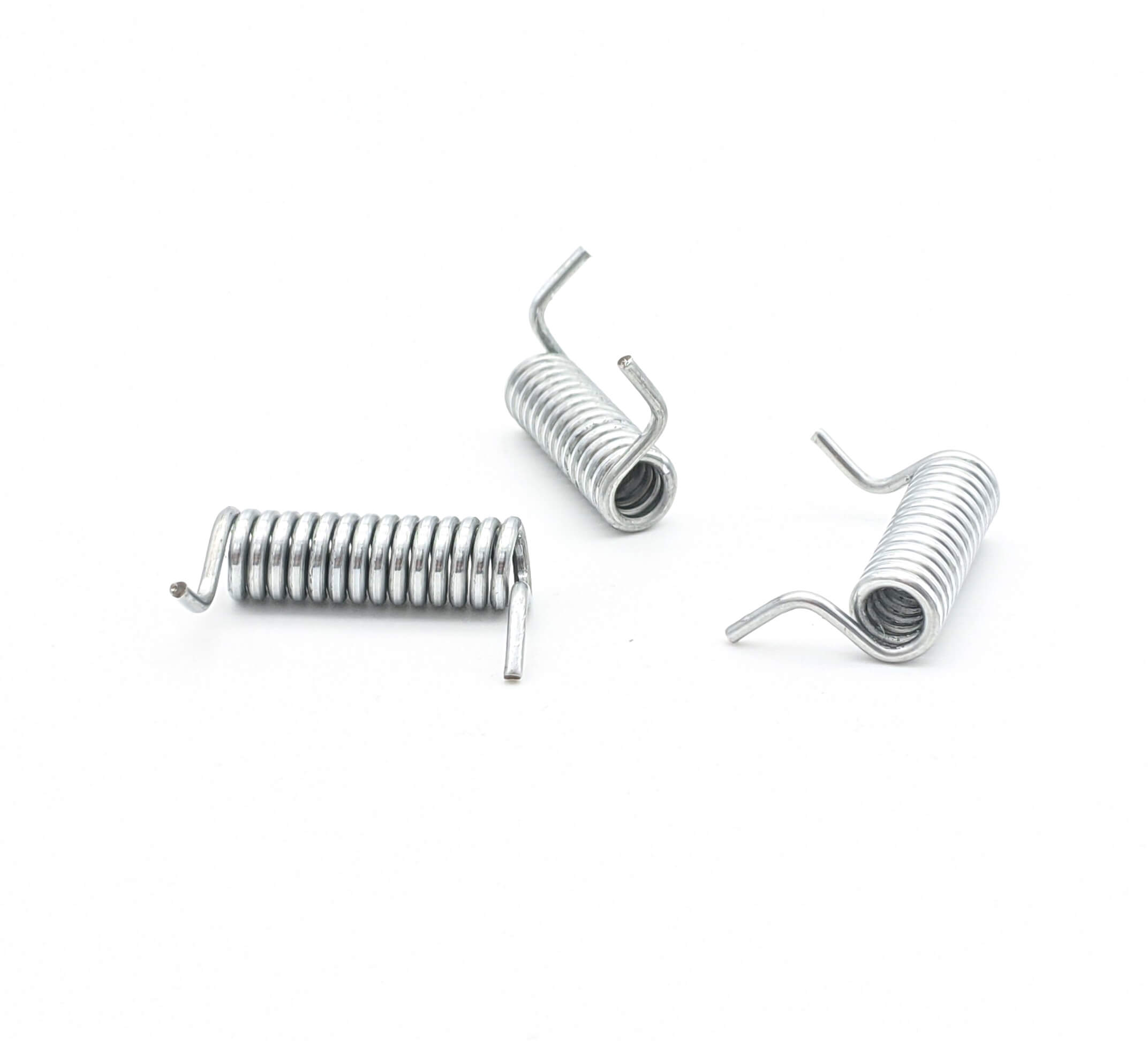Get unique, complex parts easily. No matter your requirements, Chaoyi Spring creates hard-to-produce coil springs and wire forms.
Let us help you create the custom wire form you need, from S-hooks and J-hooks to utility hooks and more.
We work closely with customers across a wide range of industries, helping them design and manufacture made-to-order parts.
Why choose Chaoyi Spring? We prioritize customer-focused collaboration, modern equipment and the latest technology to make your parts per print.
Find the information and guidance you need, from measuring a spring to learning about materials, placing an order and much more.
Compression springs, those coiled wonders of metal, play a vital role in countless machines and devices. From the simple act of keeping a door ajar to the complex workings of


Compression springs, those coiled wonders of metal, play a vital role in countless machines and devices. From the simple act of keeping a door ajar to the complex workings of a car engine, compression springs are often the unseen heroes ensuring smooth operation and efficient performance. But how do these seemingly simple coils of wire deliver such remarkable power and precision? Let's delve into the fascinating world of compression springs and uncover their secrets.

At their core, compression springs are helical coils of wire designed to absorb and release energy when compressed. They are typically made from high-quality spring steel, carefully chosen for its strength, resilience, and resistance to fatigue. The process of coiling the wire introduces inherent stresses into the metal, which allows the spring to store potential energy when compressed. This stored energy is then released when the spring is allowed to return to its original shape.
The design of a compression spring is a delicate balancing act. Factors like wire diameter, coil diameter, number of coils, and material properties all play critical roles in determining the spring's characteristics. These factors influence its stiffness, load capacity, and overall performance. The higher the spring rate (stiffness), the more force is required to compress the spring a given distance. Conversely, a lower spring rate means the spring will compress more readily under a given load.
Compression springs come in a wide variety of shapes and sizes, each tailored for specific applications. Some of the common types include:
The versatility of compression springs makes them indispensable in a wide array of industries and applications. Here are just a few examples:
Selecting the right compression spring for your specific application is crucial for ensuring optimal performance and longevity. Here are some key factors to consider:
Compression springs, often overlooked, are the unsung heroes of countless mechanical systems. Their ability to store and release energy with precision makes them essential components in a vast array of applications. By understanding the fundamentals of compression spring design, their different types, and the factors influencing their choice, you can harness their power effectively to create reliable and efficient mechanical systems.
So next time you encounter a compression spring, whether in your car, your phone, or even your kitchen appliances, take a moment to appreciate its ingenuity. These small, coiled wonders are a testament to the power of engineering and the crucial role they play in our modern world.
Browse some of the custom wire forms and springs that we manufacture. Don’t see what you need? We specialize in made-to-order products that meet your application requirements.
Visit Our GalleryNeed a custom wire form or coil spring? We make it work. Fill out the contact form and a representative will respond within 1 business day. If you have a PDF or CAD file, you can submit to request a quote.